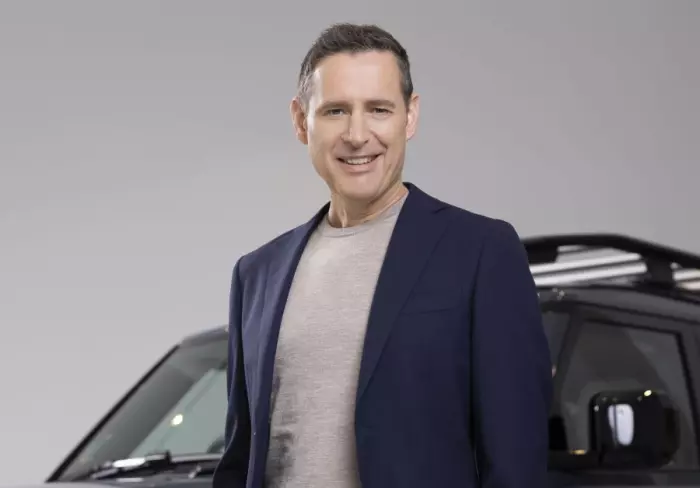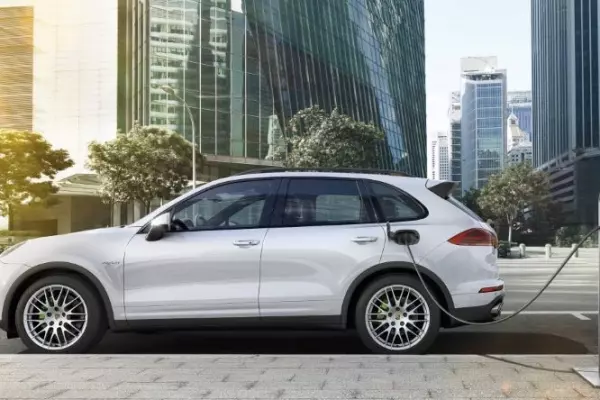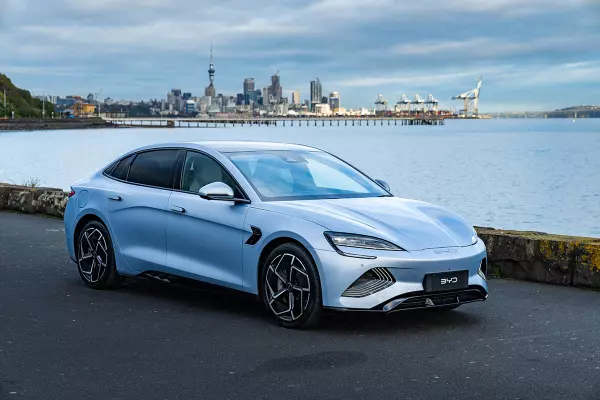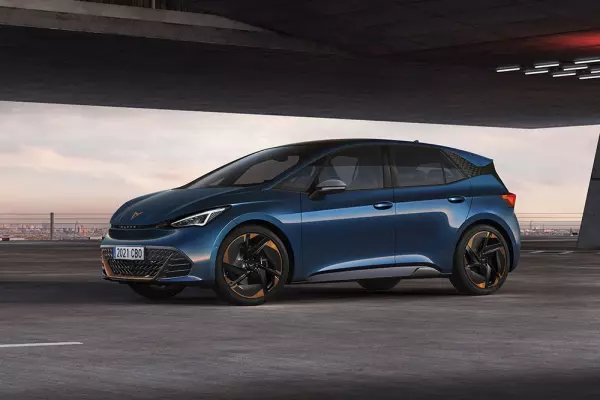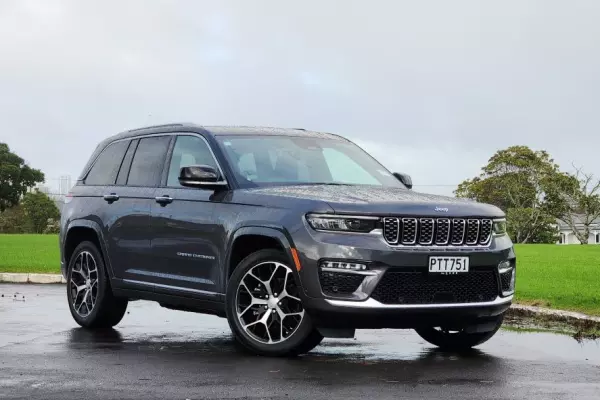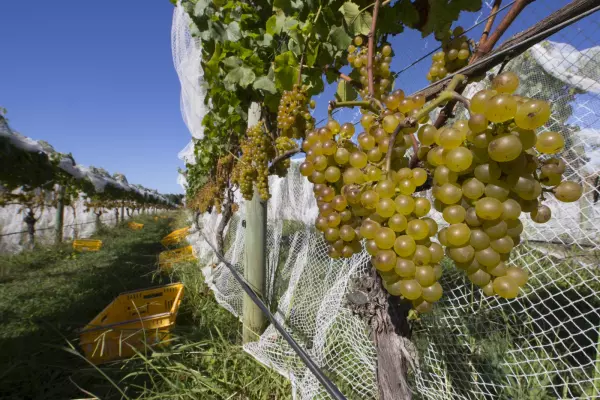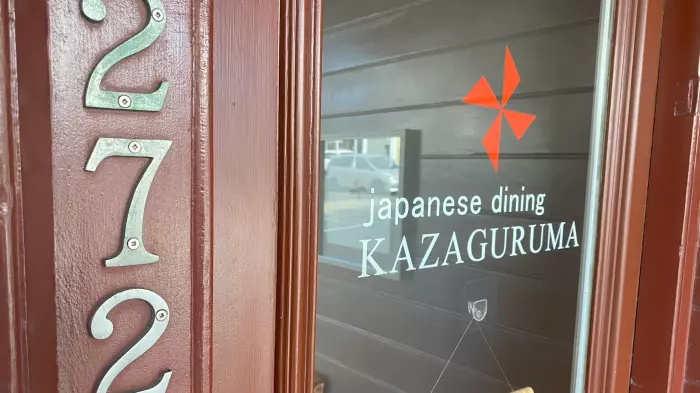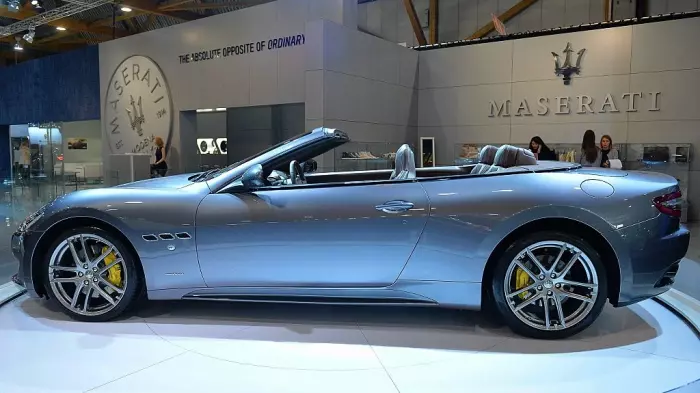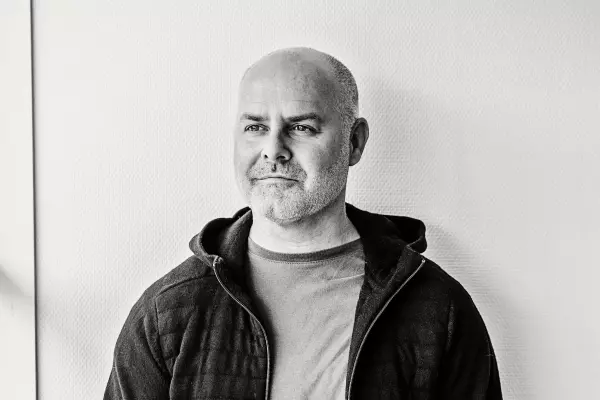A year ago, I wrote about the Jaguar F-Pace and made a plea to the English carmaker: please stop making SUVs and concentrate on the sports cars and saloons that made you famous.
The message was pretty much immediately received at Jaguar Land Rover HQ and a few days later, it announced Jaguar would henceforth stop making SUVs.
The influence of BusinessDesk knows few boundaries.
But Jaguar Land Rover (JLR) went much further.
It is dumping, axing, killing and destroying every Jaguar model (and model name) in favour of reinvention as a pure-electric vehicle maker from 2025. That means it is stopping all production of the awesome F-Type coupe, the E-Pace, I-Pace, F-Pace, XE and XF. All gone.
Also dead will be any diesel version of a Land Rover. There will be an electric Range Rover in 2024, and the company is even making quiet murmurs about future hydrogen versions.
And although 2025 seems perilously close, it says it still has no idea what Jaguar will be selling then.
Stunning.
On the Land Rover side of things, it will be a more gradual transition from internal combustion engines, but plug-in hybrids (PHEVs) are already on ships heading to NZ. The Range Rover Velar PHEV will be reviewed in coming weeks.
By 2039, JLR plans to be entirely carbon neutral across its whole manufacturing process.
In reimagining itself as an electric carmaker, Jaguar will move upmarket, reportedly targeting the same price bracket as Bentley.
JLR is dealing with being a relatively small carmaker by reducing its offering to compete better in fewer segments. At present, its Jaguar SUVs even compete against its Land Rover SUVs. That will end.
The new Jaguars will be built on an in-house-developed electric platform called Panthera. A big deal with technology company NVIDIA will underpin the AI-driven software across all vehicles.
Alistair Scott, JLR’s managing director for Asia-Pacific, tells BusinessDesk the move upmarket is driven by a desire to make more money from every car it sells – moving away from an increasingly crowded mass luxury segment. It no longer wants to sell one million vehicles a year. It wants to sell fewer cars but be more profitable.
“Ten years ago, we wanted to do a million units. It wasn't, in my opinion, necessarily the correct decision because we entered segments that had volume, but it didn't give us any commercial returns.”
As other carmakers have pushed upmarket with their EV offerings, notably Kia and Hyundai, Jaguar has been pushed into a more premium segment where it has fewer competitors and can grab more share of the conversation.
“We've done a huge amount of research on the positioning and the products that we will be developing,” Scott says. “The repositioning of the brand is going to put it into a very premium luxury position. We are less interested in pushing volume.
“We don't want to get into a competitive war. We certainly want to position the brand with desirable luxury vehicles and consequently we will be moving into a more expensive segment. But it's a segment in which we want to define and own as opposed to having to compete to preserve a level of market share.”
JLR has experience in creating market niches, Scott says, pointing to the launch of the Range Rover Evoke as the first small SUV. “That same principle will continue to be evolving across the Jaguar Land Rover range.”
JLR will be able to lean on parent company Tata for battery and other technical assistance. The India conglomerate has owned JLR since 2008.
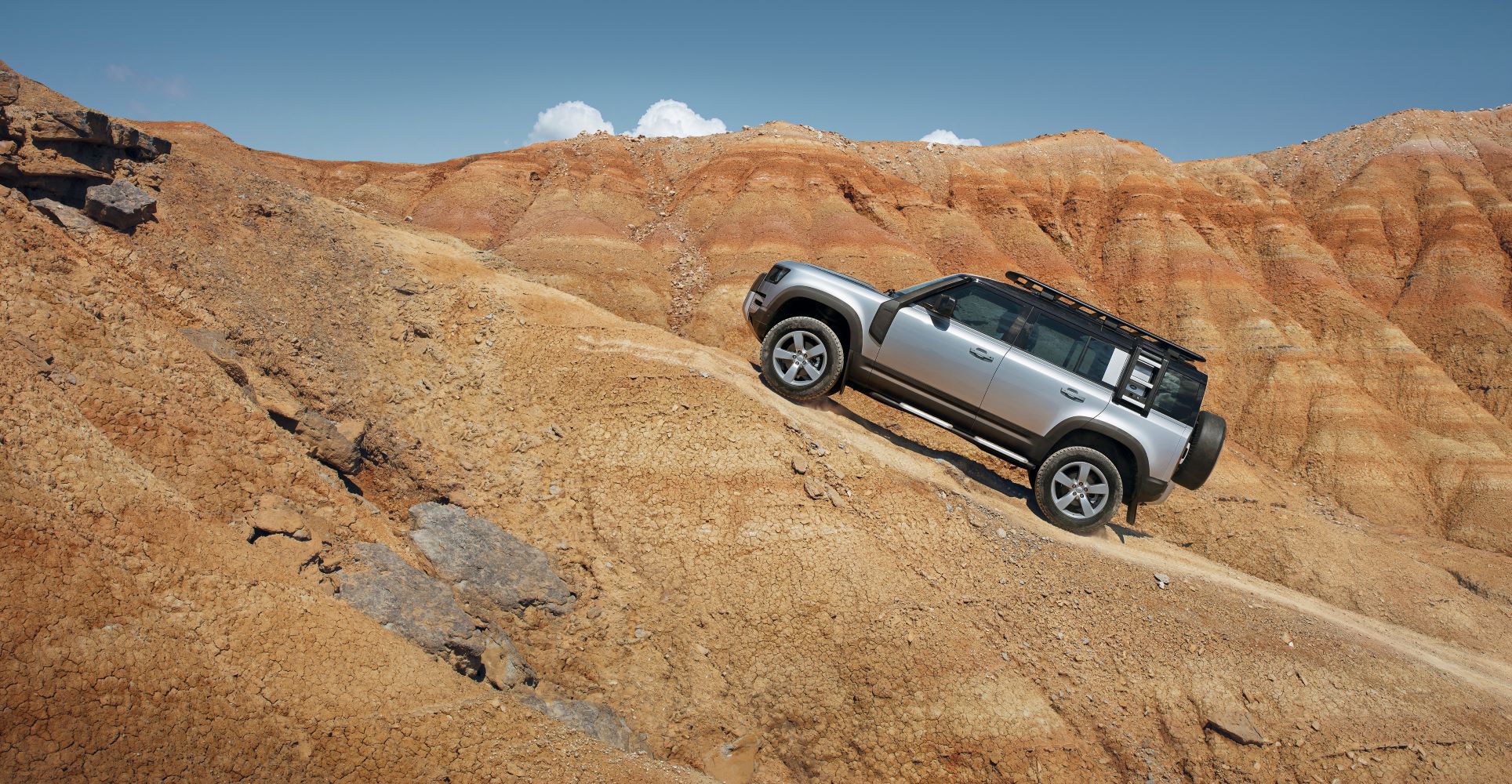 The Land Rover Defender has been a big seller in the NZ market. Photo: Supplied.
The Land Rover Defender has been a big seller in the NZ market. Photo: Supplied.
The new Range Rover Sport and the revamped Land Rover Defender have been hugely successful in New Zealand for its distributor, Giltrap-owned Motorcorp. The only issue is getting enough of them to sell.
“Market share is determined by supply – period,” Scott says. “JLR has been affected, as have all manufacturers, with the lack of supply – not exclusively of semiconductors, but primarily it's very heavily driven by that.
“It makes sense to focus in the territory where our strengths are and migrate more to those segments where we've got commercial safety.
“The new approach is pull versus push, where we are sincere about providing what the market wants – as opposed to what we're trying to force in any market. We know where the money is. There was an obsession with manufacturing to try to beat market share, and that obsession is no longer there.
“We're here to build really desirable quality vehicles. If that means working on smaller numbers, then so be it.”
With the relaunched Defender, JLR has proven it can make brave choices and innovate, even in the face of competition from the likes of upstart 4x4 brand Ineos with its forthcoming Grenadier.
Scott says JLR was worried Defender purists would not embrace the radical departure from old to new. “There was huge concern when we moved away from the old Defender. It's an entirely new platform. The point is we were struggling to sell 25,000 cars a year and now we can't build enough – 60 or 70 thousand units of Defender each year.
“It is twice the price, if not maybe three times. So it hasn't taken some customers over, but it has almost developed a brand-new segment. Who would have thought that two years, three years on from when we launched it, we'd still have order banks six, seven months out.”
Scott is dismissive of Ineos’s chances with the Grenadier. “We know what it costs to build quality products at a reasonable, manageable price. They are currently building the Grenadier and we don't see it as any competition. The market size for that vehicle will be very small.”
Although the entry-level Grenadier will be priced about $20,000 less than the entry-level Defender, the JLR vehicle seems to be significantly higher specced.
JLR makes about 450,000 vehicles a year, but pent-up covid-related demand has seen a leap in new orders. Once numbers for the new Range Rover Sport are factored in, the order book will exceed 200,000 vehicles sold but not yet made – that means up to a one-year wait for some models.
JLR is seeing strong New Zealand demand for PHEV models, selling every vehicle it can land, and more. There will be a fully electric Range Rover in 2024, but the PHEV can already do 80-100km in pure electric mode.
The company sees existing customers as the basis for forward orders, Scott says, but is confident of picking up sales from other manufacturers.
“We know that the product proposition is going to change from a price point of view. But once you're in that premium segment migrating up to another vehicle that is going to be more expensive, it should be a marginal cost of change. But I cannot share pricing information … we have no idea yet.”


